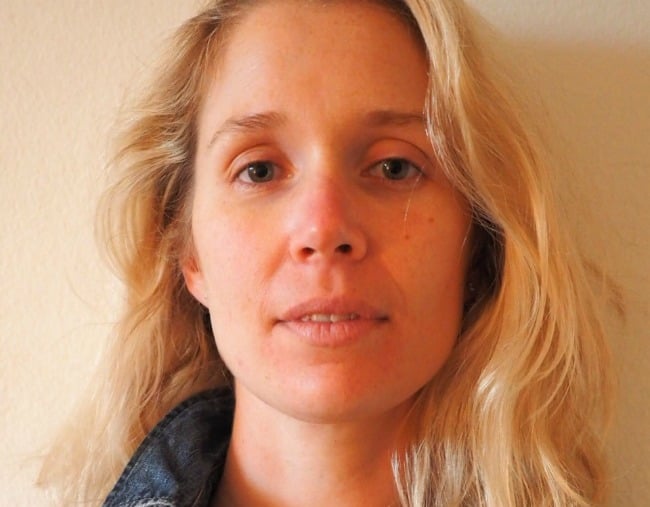
After giving birth to her first child, Clancy Smith was left in chronic pain.
The Sydney mum experienced a common post-partum side effect – her stomach muscles separated. Only in Clancy’s case, the muscles didn’t rejoin.
Clancy told Mamamia that after her second child, the separation had become so bad she could fit four fingers between her lower abs.
“The first one did most of the damage and the second one just helped it along,” she said. “It was pretty intense. I had a hernia coming through because there was such a gap.”
Bec Judd, on the one thing she never expected from her pregnancy. Post continues.
The result of the 35-year-old’s condition, medically known as diastasis recti, was that she suffered “excruciating” chronic back pain, as well as problems with incontinence.
“I had a lot of lower back pain, because there was no support. You use your core for everything and I had absolutely no support.”
“It really messes with you physically and emotionally.”
Clancy, who described herself as a “very active” person, said she tried “everything” to regain the proper use of her ab muscles and ease her back pain.
